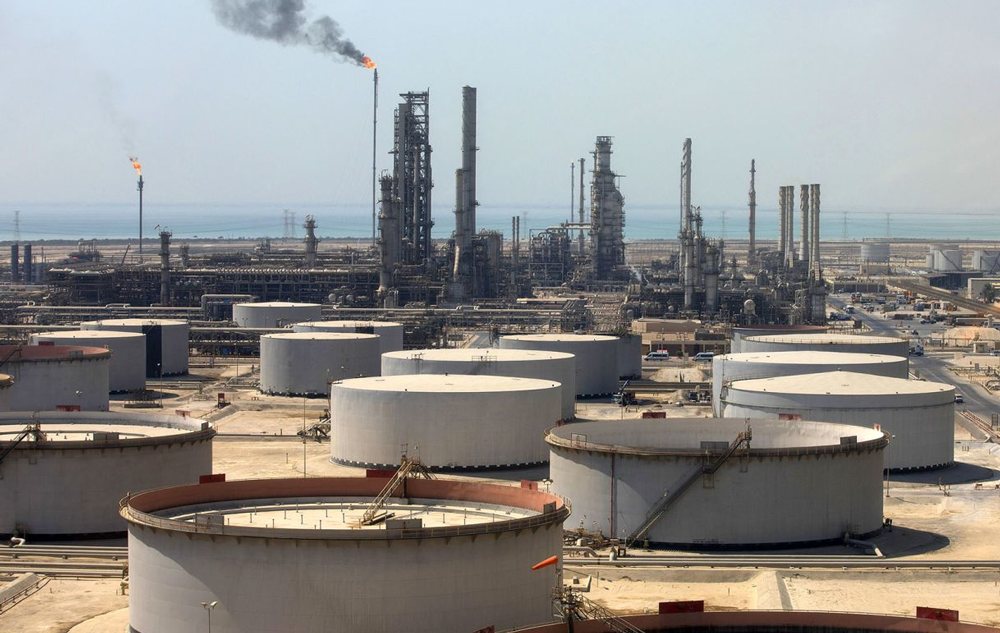According to an analysis by The Wall Street Journal, Saudi Arabia has repeatedly used global crises to increase its share of the oil market. Data from analytics firm Kayrros shows that Riyadh boosted output during the Asian financial crisis of 1997 and again at the onset of the COVID-19 pandemic in 2020.
This time, OPEC+ appears to have grown weary of supporting oil prices and ceding market dominance. With record-level production in the U.S.—above 13 million barrels per day—countries like the U.S. and Brazil continue to absorb supply, further challenging OPEC+ control.
The question now is: how far will Riyadh push to gain market share? Some U.S. shale producers are already struggling with the current price floor of approximately $60 per barrel. Kayrros estimates that Saudi producers could still remain profitable down to around $35 per barrel.
Earlier today, Brent crude dipped 0.4% to $73.94, but geopolitical tensions may shift the landscape rapidly.
OPEC+ led by Saudi Arabia planned to re-inject over 2 mbpd into the market this fall — Ukraine war & US tariffs hit demand. pic.twitter.com/ftOilShare
— FT Markets (@FTMarkets) June 13, 2025
In recent days, oil prices have seen increased volatility due to Middle East tensions—especially the Israel‑Iran conflict. Brent spiked to near $75/barrel before retracing, as markets assess whether actual supply disruptions materialize.
Today’s key updates:
- FT reports that OPEC+ plans to add over 2 million barrels per day this autumn—pushing Russia, UAE, and Saudi output to recapture global share.
- Reuters notes that U.S. rig counts have fallen to the lowest levels since 2021—a sign that American shale may soon respond to lower prices.
- JP Morgan maintains oil price forecasts in the low-to-mid $60s through 2025, but warns that Middle East escalation could send prices surging to $120–130/bbl.
Today’s oil trends reflect a complex tug‑of‑war: Saudi aims to pressure high-cost producers by ramping up output, while shale reacts to weakening prices. Meanwhile, geopolitical friction has sparked short-term spikes—though no major supply disruption has yet occurred .
Looking ahead: A sustained surge above $80 could hit Saudi’s fiscal balance—needing around that level to balance budgets—while any closure of the Strait of Hormuz could drastically disrupt flows.

